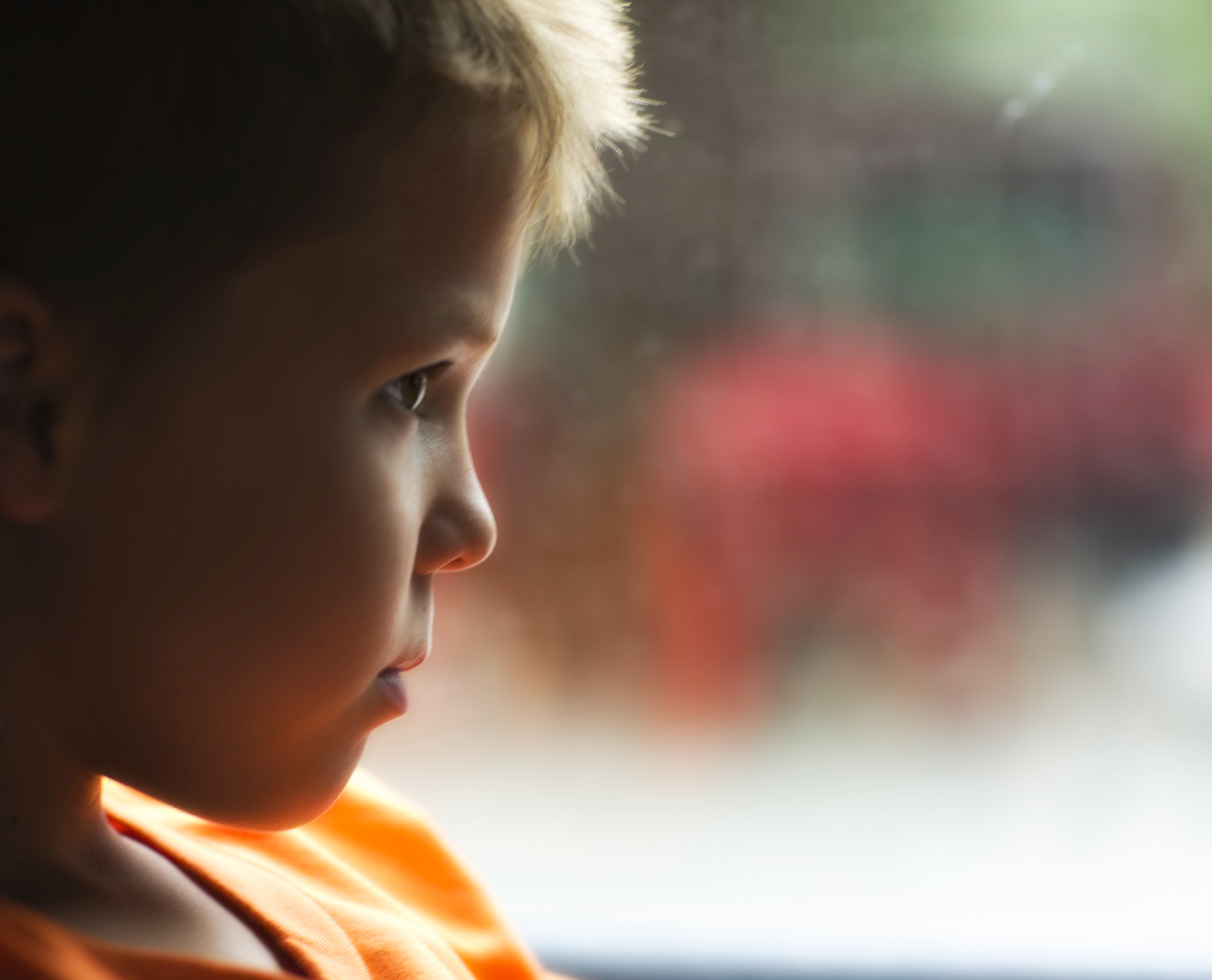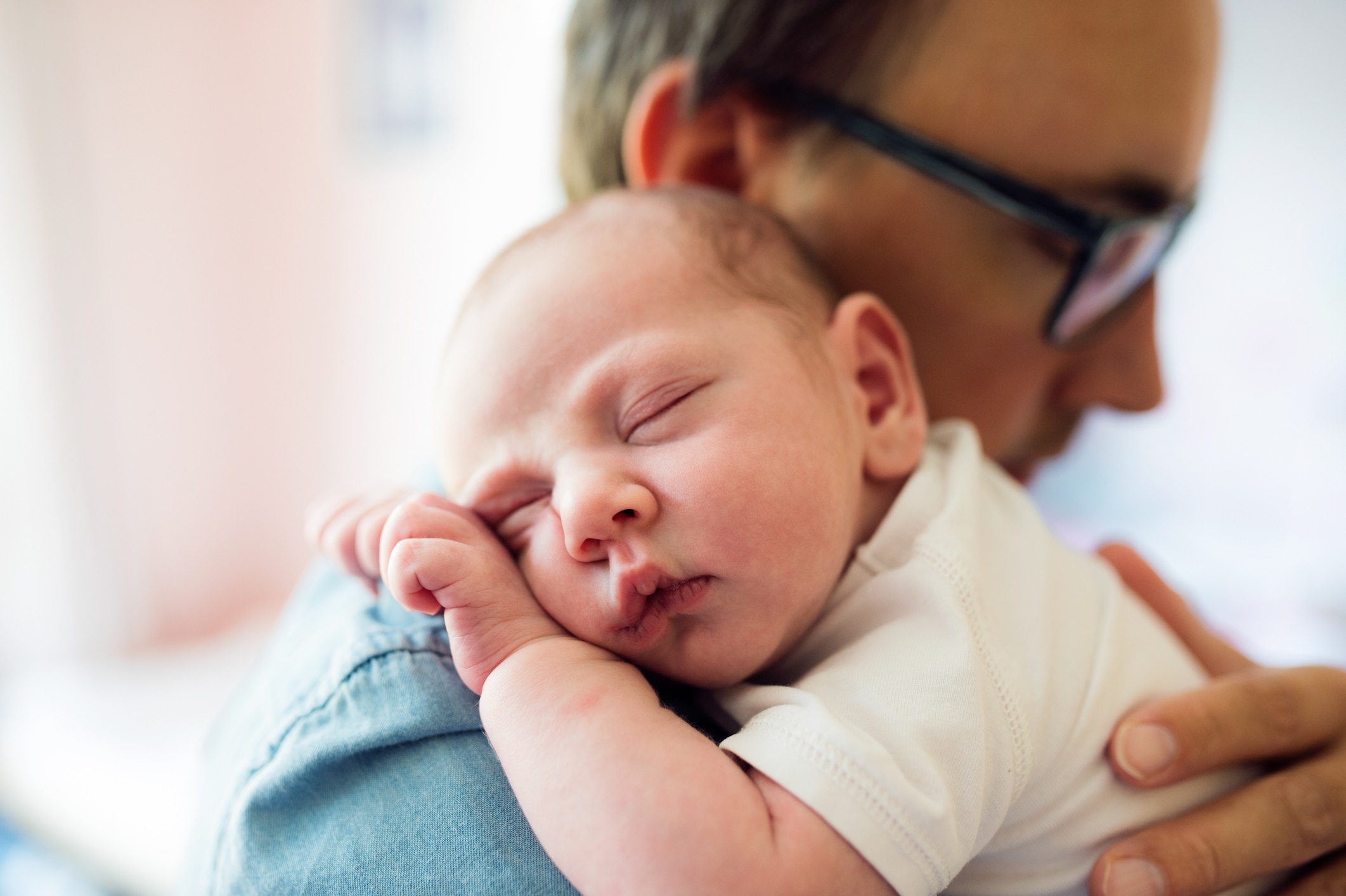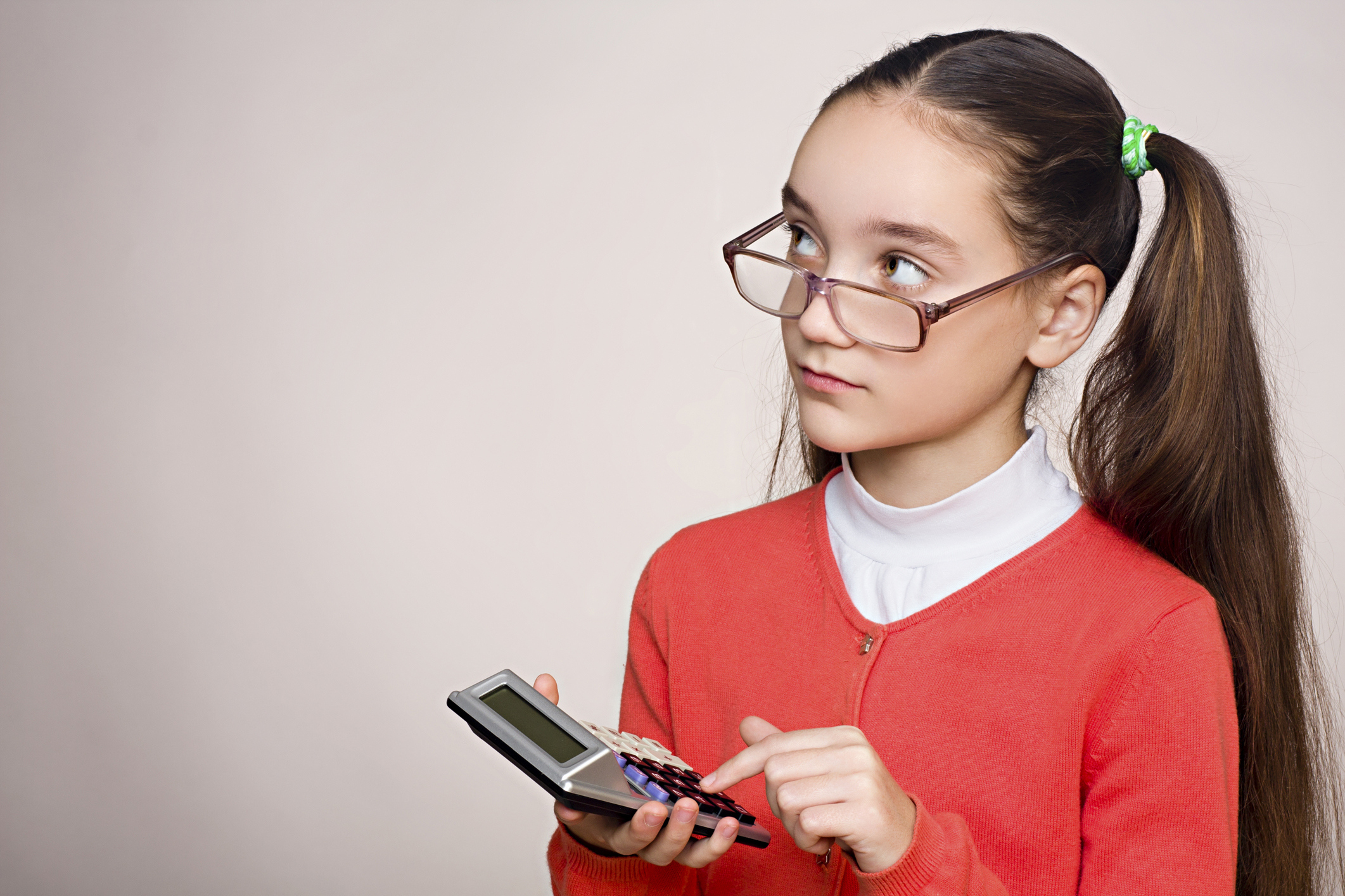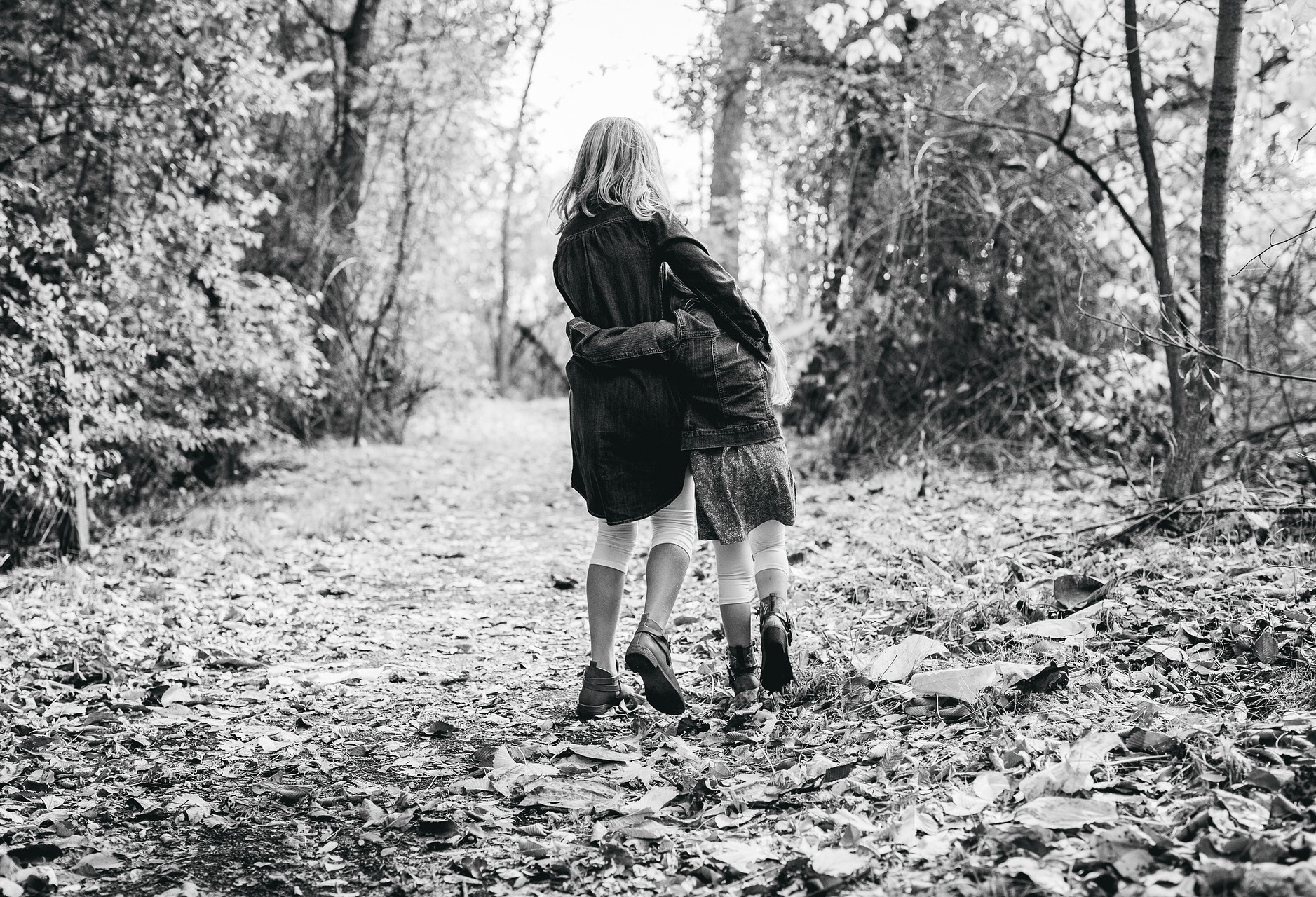Managing handovers with your ex-partner
Handovers can be very difficult, especially if you are feeling awkward or upset at the prospect of facing your ex. You may have to exercise some self-control just to stay calm.If you still have very raw feelings about your ex, you may be tempted to use handovers as an opportunity to speak your mind. Keep in mind that children are very sensitive to the feelings and attitudes around them and that they will pick up on conflict between their parents. For your children’s sake, it’s important to try and make handovers as pleasant as possible.Some handover etiquette:
Be courteous.
Turn up on time – let the other parent know if you are delayed.
Make sure the children have everything they need.
Keep difficult conversations away from the children.
If you are struggling with this, consider alternative ways of managing the handovers so that your children are protected.
Dealing with change over time
Transitions are difficult for everyone, especially in the early days. Coming face-to-face with your ex and saying goodbye to your children can bring up some very difficult feelings. It can help to have something planned for the time immediately following the handover so that you can remain upbeat. While it’s hard now, you may eventually come to value the opportunity to have some space to yourself.Children have their own feelings to cope with at handover time. They will need time to settle down, adjust to being in a different home, and get used to their mum or dad not being there. Transitions can be sad reminders to children that their parents aren't together anymore and it's not unusual for young children to come home from a weekend with the other parent in a bad mood. Understanding this can help you manage your expectations, and cope with any changes in your child's behaviour.
Article
|
6
2 min read

Your first Christmas Day as a co-parent
Is this your first Christmas as a separated parent? Not sure what to expect or how to handle your new family setup? These tips from amicable’s divorce experts offer pragmatic advice to help you keep things merry for your co-parenting Christmas.
1. Plan ahead
Don’t leave plans to the last minute. Many parents make arrangements a year in advance and have Christmas plans documented in a parenting plan. This can take the sting out of negotiating, especially if you do it at a time when you’re on good terms and not trying to angle for a specific outcome. However you plan things, make sure there’s plenty of time for everyone’s views to be heard and time to get used to the arrangements.
2. Start new traditions
Divorce can bring feelings of grief, and never more so than when you start contemplating ‘how things used to be’. The ending of traditions can be tough to get used to. Now is the time to be creative and invent new ways of doing Christmas.
Involve your kids in planning the day, and focus on embracing change. Open your presents at a different time, have a walk after lunch instead of before, or just go nuts and eat all the Quality Street at midnight – it’s up to you to reinvent your family Christmas. Your energy and embracing of change will filter down to your kids and their experience of Christmas.
3. Who should the children spend their day with?
If your children are old enough to have their say on how they want to spend Christmas, then account for this, even if it feels unfair to you. Listen to what the kids want and try and accommodate their needs and wants. If they are too little, then consider splitting the time either on the day or over the Christmas period. Try to minimise the to-ing and fro-ing, as this can cause unnecessary stress, especially if you live far apart.
4. Be realistic
Typically, parents are very sensitive to Christmas being a special day and want to do the right thing. Your children might push for you all to spend the day together as a family. If you feel this is achievable, that’s great, but for many parents it just isn’t a realistic prospect. An atmosphere of tension on Christmas Day is not good for anyone, but it’s especially tough for the kids. Be realistic – if spending the day or even a short time together will cause tension, then don’t go there. They will cope more easily with seeing you separately than having to deal with you being angry or upset with each other.
5. Kids not with you on the day?
If your kids aren’t with you on the day, don’t sit at home – make your own plans. Embrace the day, be inventive, and make it your alternative Christmas. Take the opportunity to spend the day with friends or family or indulge in some me time. So many families have multiple Christmas Days so, if that’s what works for your family, then make a plan and set a date to have your own Christmas Day with the kids.
The main thing to remember is that Christmas should be about your children and forming safe, loving environments for them.
Article
|
0
4 min read










